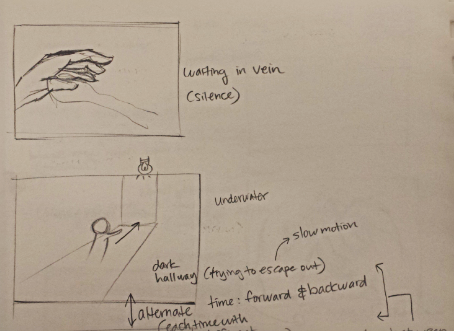Film Memento Response
Directed by Christopher Nolan
In the
very beginning, the film starts with the present, which is in color. The Memento utilizes multiple dimensions and overlapping of flashbacks that create
a temporal labyrinth. The film is regressive in its plot, and alternates
between the present and the past, which can be differentiated through subtle
change in color scheme: the past is shown in black and white. Because the past
is shown progressive and the present is regressive, as the film reaches its
conclusion, the past and the present meet, allowing the audience to finally complete
the “factual” plot inside their heads.
Temporal
labyrinth is also created by distortion and loss of the protagonist Leonard’s
memory. His “facts” are created around his physical manipulation and destruction
of memory, and its footages on Polaroid images, and play major role in creating
alternate reality for Leonard and confusion for the audience. The facts
including information tattooed on Leonard’s body, Polaroid pictures, and notes
not only misguide Leonard, but also the audience.
Time is
what allows us to look back, move forward, and identify ourselves and those who
surround us. The loss of linear time sequence of the film coerces the audience
to think and try to organize the non-linear plot into linear sequence. Just
like how one can never escape the labyrinth without trial and error, the
audience has to guess and constantly organize the new information given
throughout the film in order to understand the storyline. The Memento goes
beyond its storyline and allows the audience to make multiple assumptions and
branch off of the original plot, creating a temporal labyrinth of alternate
plots inside the head.





.png)










